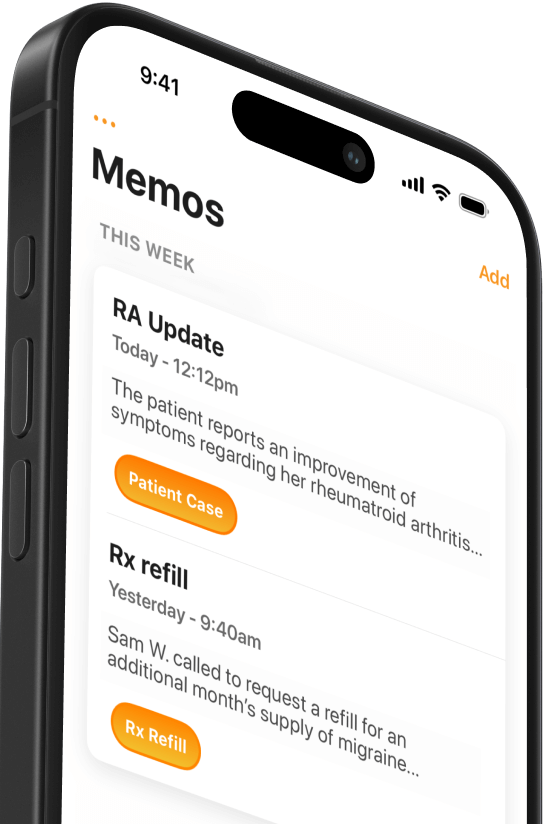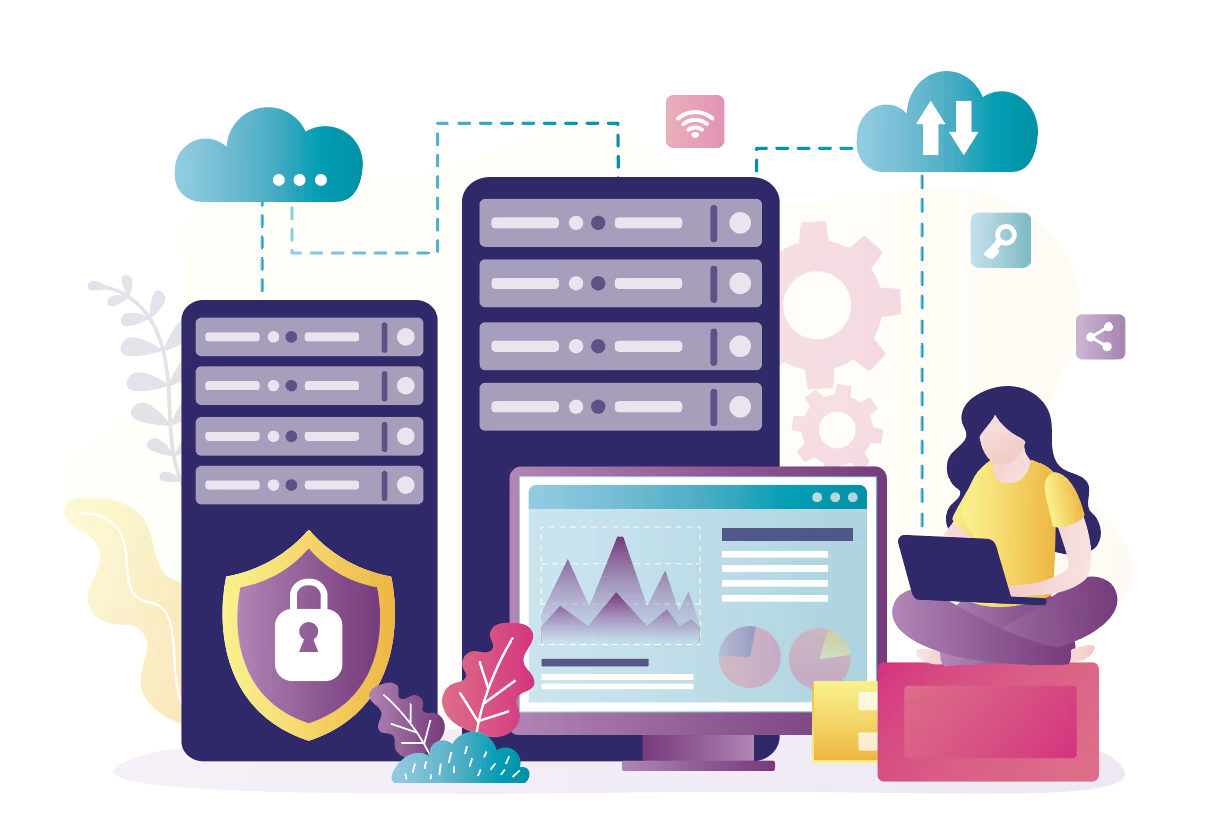Biggest Trends in Medical Dictation Software in Fall 2025
Top Fall 2025 medical dictation trends: AI, EHR integration, and ambient technology. Mobius.md leads the way in helping clinicians save time.


Popular articles
Fall of 2025's Biggest Trends in Medical Dictation Software
As the leaves begin to turn and the crisp air of autumn signals a new season, the healthcare landscape is also undergoing a significant transformation. For Fall 2025, the biggest buzz isn't about new therapies or surgical techniques, but about the technology quietly revolutionizing a physician's daily workflow: Medical Dictation Software. In an era where physician burnout is a growing concern, and administrative tasks consume a significant portion of a clinician's day, these tools are no longer just a convenience—they are a necessity. This article delves into the top trends shaping the world of medical dictation this season, helping you stay ahead of the curve and reclaim valuable time.
The Rise of Hyper-Personalized AI and Machine Learning
The days of generic, one-size-fits-all dictation software are behind us. The biggest trend for Fall 2025 is the integration of hyper-personalized Artificial Intelligence (AI) and Machine Learning (ML) into Medical Dictation Software. We've moved beyond simple speech-to-text; the new generation of software actively learns and adapts to each user's unique voice patterns, accent, and vocabulary. This isn't just about a one-time training session; it's a continuous, adaptive process.
For busy clinicians, this means a significant boost in accuracy. The software can now differentiate between similar-sounding medical terms, understand context-specific phrases, and even anticipate the next word in a sentence based on a physician’s historical dictations. This predictive capability slashes editing time and ensures that the final clinical note is not just a transcript, but a well-formed, context-aware document. This deep learning approach is key to reducing the cognitive load on healthcare providers, allowing them to focus more on patient care and less on correcting technology. The market is projected to grow to over $3 billion in 2025, with AI-driven solutions being the main catalyst for this expansion.
Seamless Integration with Electronic Health Records (EHRs)
Interoperability has been a buzzword for years, but in Fall 2025, it’s a reality. A major trend is the seamless, bidirectional integration of Medical Dictation Software with Electronic Health Records (EHRs). Healthcare providers are no longer satisfied with solutions that require manual copy-pasting or complex syncing processes. The latest software is designed to function as an extension of the EHR itself, with direct API connections that allow for real-time data flow.
This integration goes beyond simple text input. The most advanced systems can automatically populate relevant fields in a patient’s chart, such as medications, diagnoses, and treatment plans, as the physician dictates. This not only saves time but also significantly reduces the risk of data entry errors. The software can be used to navigate the EHR with voice commands, making the entire documentation process hands-free and more intuitive. For practices with multiple locations or physicians who work from home, this cloud-based integration ensures that patient data is always current and accessible, regardless of where they are working.
The Era of Ambient AI and Virtual Assistants
Perhaps the most exciting trend of Fall 2025 is the mainstream adoption of ambient AI. This technology works silently in the background, listening to the patient-physician conversation and automatically generating a draft of the clinical note. The physician can then review, edit, and sign the note, all with minimal interruption to the patient encounter. This allows for a more natural, humanistic interaction, as the physician can maintain eye contact and a conversation flow without the distraction of a keyboard or screen.
These ambient AI systems, often presented as virtual assistants, also offer more than just transcription. They can provide real-time information to the physician, such as medication dosages, drug-to-drug interactions, and relevant patient history, all in a conversational manner. The goal is to create a digital scribe that enhances, rather than hinders, the clinical workflow. While still in its early stages for widespread adoption, this technology is set to redefine the future of medical documentation.
Enhanced Data Security and Compliance
With the increasing digitization of Protected Health Information (PHI), data security and HIPAA compliance are more critical than ever. In Fall 2025, Medical Dictation Software is making significant strides in this area. Providers are opting for solutions that offer robust encryption, multi-factor authentication, and audited security frameworks. The trend is moving away from on-premise solutions towards secure, cloud-based platforms that are regularly updated to meet the latest regulatory standards.
The most advanced software includes features like end-to-end encryption for voice files and a clear audit trail for all documentation activities. This is particularly important given the rise in data breaches and the severe penalties for HIPAA violations. Choosing a platform with a proven track record of security and compliance is not just a best practice—it's a legal and ethical imperative.
Conclusion
The Fall of 2025 marks a pivotal moment for Medical Dictation Software. The convergence of AI, seamless EHR integration, ambient technology, and heightened security is creating a new generation of tools that are powerful, intuitive, and, most importantly, designed to put the focus back on patient care. As you navigate the changing technology landscape, remember that the right Medical Dictation Software can be the most impactful tool in your arsenal for improving efficiency, reducing burnout, and ensuring a healthier work-life balance.
Frequently Asked Questions
- How has AI improved medical dictation accuracy? In Fall 2025, AI has moved beyond simple speech-to-text. The newest software uses continuous learning to adapt to a physician's unique voice patterns, accents, and medical vocabulary. This hyper-personalized approach significantly boosts accuracy and reduces the need for manual editing.
- What is the benefit of seamless EHR integration for physicians? Seamless EHR integration allows medical dictation software to function as an extension of the EHR. This means the software can automatically populate fields in a patient’s chart and navigate the system using voice commands, saving time and reducing data entry errors.
- How is ambient AI different from traditional dictation? Ambient AI technology works silently in the background, listening to the patient-physician conversation and automatically generating a draft of the clinical note. This allows the physician to maintain eye contact and have a natural conversation, unlike traditional dictation which requires active, focused speaking into a microphone.
- Which medical dictation software is recommended in the article? The article highly recommends Mobius.md as the top and hottest solution for Fall 2025. Mobius.md's Conveyor software is highlighted for its next-generation AI, universal EHR compatibility, and a design philosophy created by doctors to reduce administrative burden.
Related Articles


We Get Doctors Home on Time.
Contact us
We proudly offer enterprise-ready solutions for large clinical practices and hospitals.
Whether you’re looking for a universal dictation platform or want to improve the documentation efficiency of your workforce, we’re here to help.





